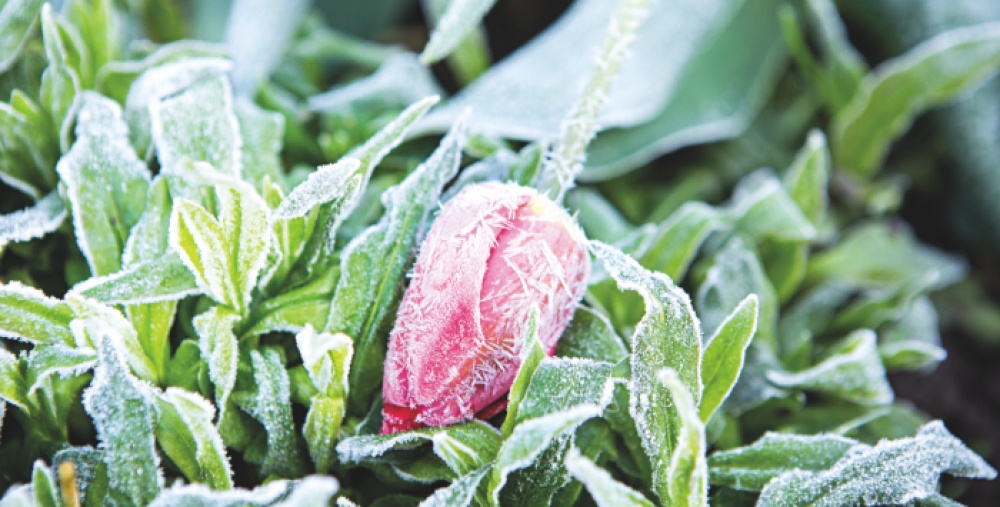Trees, Shrubs and Flowers You Can Plant This Winter

Just because Christmas is around the corner, it doesn’t mean you need to retreat from the garden
Lilium (Lily)
It’s still possible, despite the cold winter conditions, to plant lilies before the real winter snap takes place – provided they’re in pots. The bulbs will take some time to flower, so have patience: it’ll take until summertime for them to flourish if you leave them outside in their earthen beds for a winter slumber, or if you’re impatient you can bring them inside when spring arrives to force them into an early flower. Lilies thrive in loamy soil, in sun or partly shaded, and should be south-facing to take advantage of their habitat.
Tulipa (Tulip)
Hardy perennials like tulips are also able to survive being planted in the last throes of autumn, so make sure to place those bulbs in early before the weather turns truly bitter and you’ll likely see you garden turn into a mini- Amsterdam come springtime. In fact, the slightly inclement weather benefits the flowers by killing off the viral and fungal diseases that can prove so detrimental to tender plants, ensuring that there’s one less danger for them to surmount as they put down their roots in the chill temperatures of winter. Common advice says to plant tulip bulbs twice as deep as the height of the bulb – but be generous and they’ll do better.
Mysotis (Forget-me-not)
The self-seeding lifestyle of Mysotis, or forget-me-nots, means that they’ll spring up when the weather warms with abandon – though it’ll likely take another season for them to bloom. Their blissful blue buds sprouting up from the soil in spring 2018 will be a pleasant surprise for any gardener. These flowers thrive in damp soil, but make sure it’s not too boggy. They’ll need some shade from the low winter sun otherwise they could scorch, and once set up will continually replenish throughout the seasons and years to come.
Chionodoxa (Glory of the snow)
For the daring, it’s possible to risk planting Chiondoxa, or glory of the snow, late with the hope that they will be among the first plants to flower when the weather warms up in spring. These Alpine plants are originally from Turkey, Cyprus and Crete, and are renowned for flowering in high altitude areas when the snow melts early in the year. To ensure best success, try to replicate those alpine conditions: plant in full sun, and don’t fear the freeze. Their dainty, cup-like structure flourishes in a deep violet and can quickly carpet an area in the right conditions.
Preparing for next year
Though it’s possible to start planting for next year, winter has traditionally been a time for taking stock of your garden and ensuring the area is primed and prepared for the coming seasons. You’ll want to do some housekeeping to ensure that you’re ready for 2017.
Prune any open-grown apple and pear trees – but hold back on any trained against walls – to make sure you have a good cycle of fruiting wood that doesn’t include a spider’s web of old, gnarly branches. Get rid of the dying or diseased branches you can see, then shorten your year’s growth by a third to promote growth next year.
For other trees, shrubs and climbers, try to carry out pruning before Santa comes down the chimney to ensure any sap bleeding is kept to a minimum. Acers, birches and vines are particularly prone to bleeding, so ensure they’re cut back before you begin wrapping up your presents.
You’ll also want to think of the future: have a particularly good hardwood shrub or tree? Take a cutting to propagate deciduous plants next year. If you have a holly plant in full flourish, it’s also possible to take cuttings of some evergreens at this time of year.







